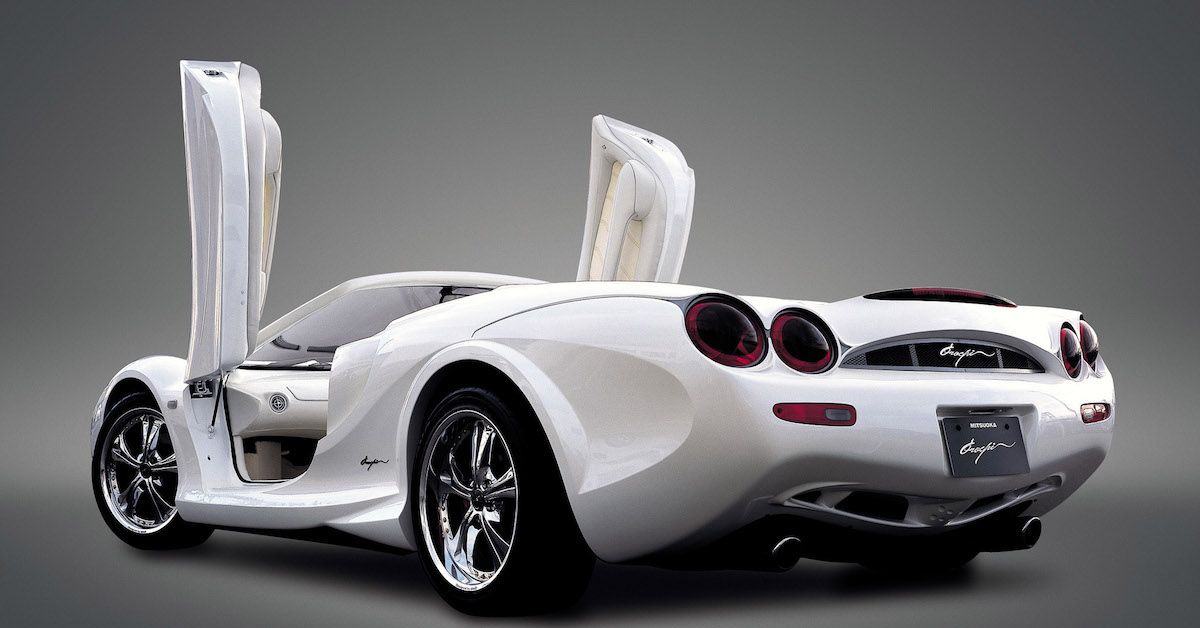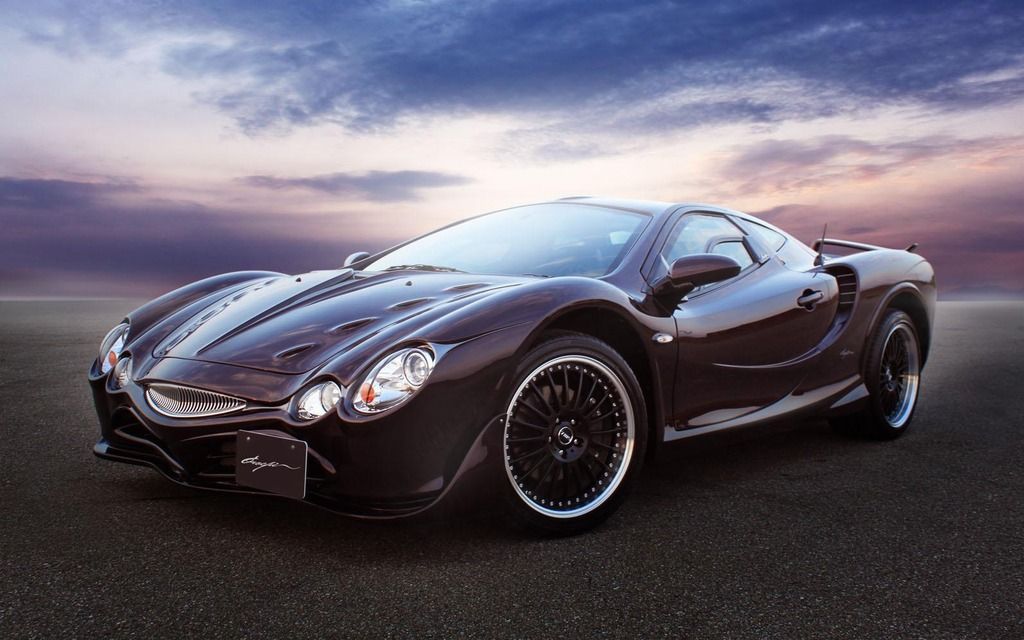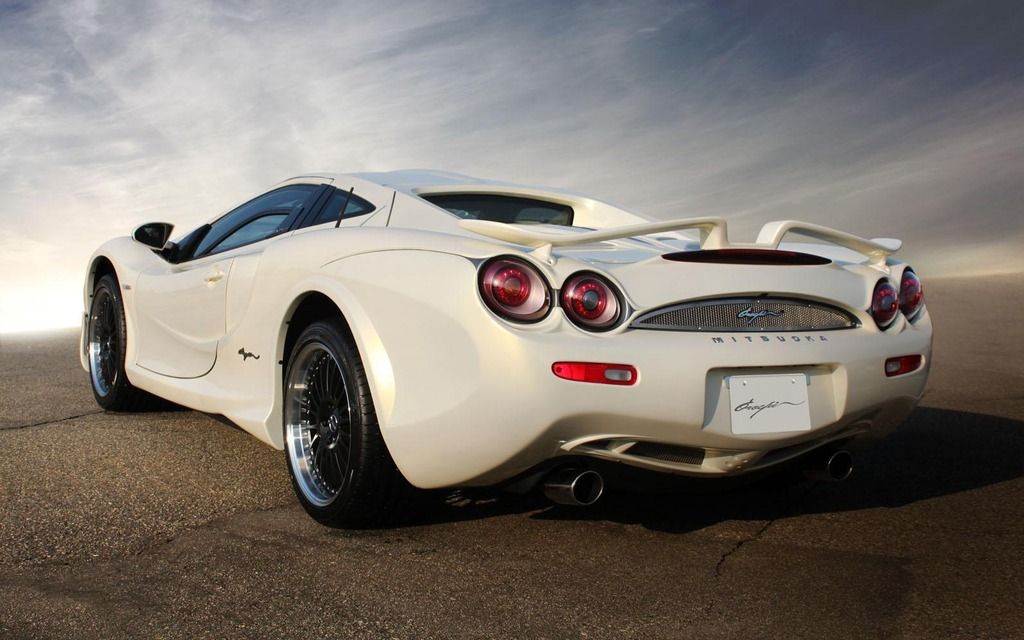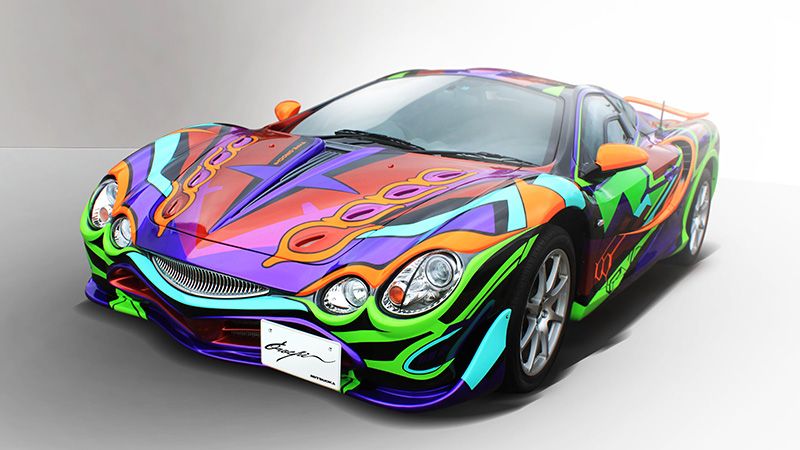One automobile stands out from the rich history of Japanese autos. Mitsuoka Orochi is the name of the bizarre-looking vehicle. From 2007 to 2014, the Orochi was sold as a wild sports vehicle with a sleek, angular design. Although it is a mid-engine and rear-wheel drive vehicle, it has a number of unusual design features. Look at this face and you'll understand why.
The Orochi, dubbed the "world's ugliest car" by the press, divides people into two camps: those who love it and those who don't. The first prototype of the Orochi was unveiled at the 2001 Tokyo Motor Show after six years of development. Originally based on the Acura NSX, the striking mid-engine supercar now features a bespoke chassis and an aluminum skin. In particular, the double-wishbone suspensions at the front and rear have been customized.
Furthermore, Mitsuoka personally refers to the Orochi as "the car to ride to gather attention from everyone." Also said is that it is a "fashion supercar." More about this famous automobile will follow in the next paragraphs. So don't miss out!
Mitsuoka Orochi Features A Dragon-Themed Design
There's no denying that the Japanese were successful in incorporating a dragon's head into the construction. The front hood has eight holes that resemble nostrils. Likewise, the front and back are each characterized by four headlights and taillights. The 8-headed Japanese dragon, Yamata no Orochi, is the inspiration for the car's title.
As a concept car in 2001, the Mitsuoka Orochi was constructed by Mitsuoka Motors, with upgrades and tweaks to the design coming in 2003 and 2005, before ultimately being placed into production in late 2006 as a 2007 edition. At the 2005 Tokyo Motor Show, Mitsuoka introduced the Orochi Nude Top, a new convertible variant. This convertible model, on the other hand, was never put into production.
The first production model of the Orochi was shown by Mitsuoka in October the next year. In theory, there were supposed to be a maximum of 400 units produced, but in the end, much fewer were made. In January 2007, the first Orochis were scheduled to be delivered.
Mitsuoka had to create a new chassis because the Honda NSX had been retired in 2005. It was equipped with a 3.3-liter V6 engine from Toyota, which produced 233 horsepower and 240 lb-ft of torque. A five-speed automatic was used to deliver power to the vehicle's back wheels. The automobile could sprint from 0 to 62 mph in 5.7 seconds because of its compact body, which only weighs 3,406 lbs. In contrast, the Orochi only reached 112 mph at full power.
Customers are not drawn to the Orochi by its performance, though. Their focus is instead on the car's vintage good looks and the premium leather upholstery. Even a few small items can fit in the trunk, which is located behind the mid-mounted powerplant. As for the price, it started at around $90,000.
The front and rear suspensions were both equipped with double wishbones. The standard front and back tires are 245/45ZR18 and 285/40ZR18, respectively. Leather covers every surface in the Orochi's interior. Automated wing mirrors and windows, air-conditioning, airbags, low-beam side HID, an immobilizer, and a Panasonic satellite navigation are all included.
Mitsuoka Orochi Has Been Produced In Six Different Editions Over The Years
Mitsuoka released a variety of special edition variants of the Orochi over its production run. When the Orochi Kabuto was released in 2007, it had an entirely different design, including a carbon-fiber body package with spoilers in the front and back, as well as a four-pipe exhaust. In 2009, the first five models were produced. Twenty Orochi Zeros had debuted a year earlier, with simpler technology and at a reduced price. There was a new car called the Orochi Premium Gold in 2010, which had Alcantara upholstery inside and gold details on the outside.
The carmaker made the announcement that the Orochi would be discontinued in April 2014. The Mitsuoka Orochi Final Edition made its appearance in April 2014, marking the conclusion of the series. Gold Pearl and Fuyoru were the only two paint schemes available, as well as the most advanced equipment, for a total of five vehicles. In addition, it had black-painted alloy wheels that are unique to this model. Additionally, the front lip spoiler has been updated, as well as a new rear wing. There were also new inside trimmings.
In the following months, a unique art automobile inspired by the Evangelion anime series from the 1990s was produced as a one-of-a-kind collector's item. In 2018, Mitsuoka collaborated with "Devilman Crybaby" anime series creator Go Nagai on the last Orochi. The dark red and black automobile, dubbed "Devilman," appeared in the comics. And above all, even though the Mitsuoka Orochi was eventually terminated, it is now remembered as a famous Japanese automobile.




